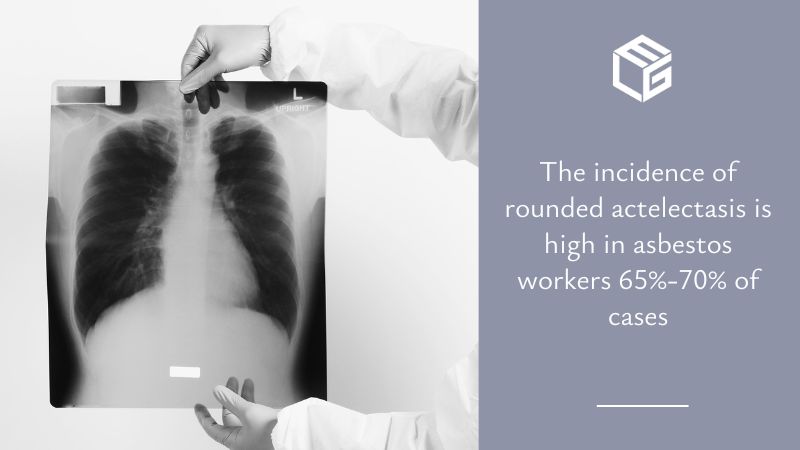Rounded atelectasis due to asbestos exposure

On X-rays, rounded atelectasis appears as a round mass, which can easily be mistaken for a cancerous tumor. Round atelectasis is frequently related to asbestos exposure since the fibers accumulated on the surface of the pleura can cause severe tissue scarring.